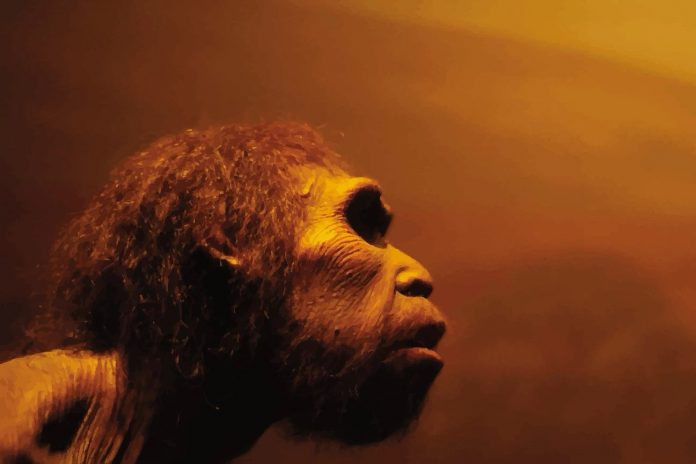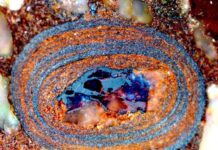The first study of the contributions of Neanderthal peoples to the human genetic structure indicates that humans and Neanderthals may have just been barely genetically compatible according to research published by David Reich, professor of genetics at Harvard Medical School, and colleagues.
The researchers examined the genetic contribution of a Neanderthal that lived 50,000 years ago to the genetic structure of non-African Europeans and people from sub-Saharan Africa. People of true African descent never mated with Neanderthals because these people never migrated to Europe.
The researchers found that about two percent of the present human genetic structure is a contribution from Neanderthals.
The scientists found that the difference between the genetic structure of Neanderthals and the genetic structure of humans was so great that only a few of the progeny from the breeding of humans and Neanderthal may have survived. Some of the children born to Neanderthal and human parents may have been sterile.
Neanderthal contributions to modern humans included higher levels of keratin, the fibrous protein that produces toughness in skin, hair and nails. This addition could have helped humans survive in cold climates.
Some of the disadvantages of Neanderthal DNA included a higher potential to have diabetes, Crohn’s disease, lupus, and an inability to quit smoking tobacco.
The researchers note that many of the 100,000 genetic additions contributed to the human genome by Neanderthals were either lost due to adaptation or bred out of humans.















